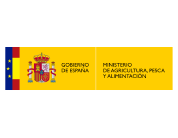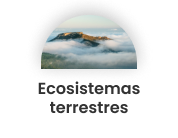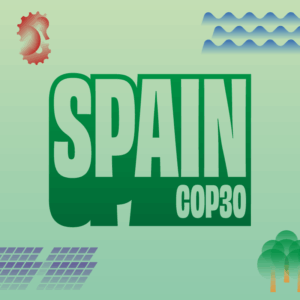
Implementation of reproductive biotechnologies for biodiversity conservation: application in two critically endangered species (Cantabrian capercaillie and European mink)
MITECO
Line of action:
Terrestrial ecosystemsStatus:
FinalizadoExecution date:
2019Total budget:
€21,295.69Amount of aid from the Biodiversity Foundation:
€13,825.16Reproductive biotechnology is based on the knowledge and control of the reproductive function through the development of different techniques that ensure offspring. Its use is common in the livestock industry. One of its most recent applications is the conservation of biodiversity to ensure the survival of endangered species and breeds. However, their use in wild animals is limited due to the difficulty of access and management and the lack of knowledge of basic aspects of their biology. For this reason, “animal models” have been successfully used in order to use better-known species of domestic animals as a starting point in the development of reproductive technologies applied to wild animals. In this case, it is proposed to develop and optimize reproductive technologies in species of livestock and hunting interest for their application in the conservation of two threatened species.
The aim of the project is to develop reproductive biotechnologies in domestic species (domestic rooster and ferret) for application in the conservation of two critically endangered species (Cantabrian capercaillie and European mink). Its specific goals include:
- Fine-tuning of methodologies for obtaining in vivo and post-mortem seminal samples.
- Gametic, morphological and functional characterization of seminal samples in these species.
- Long-term storage of sperm cells and testicular tissue using cryopreservation techniques.
- Extraction of in vivo sperm samples from roosters and capercaillie and collection of sperm material.
- Post-mortem collection of spermatozoa from capercaillie and European mink from specimens killed by natural causes or accidents mainly from zoos and breeding centres.
- Morphometric and functional analysis of the sperm head from samples obtained in vivo and postmortem from both
- Study of sperm motility, membrane integrity and morphoanomaly index of samples obtained in vivo and post-mortem of these species.
- Optimisation of the cryopreservation technique of genetic material of Cantabrian capercaillie and European mink.
- The project has highlighted the effectiveness of domestic species in the development of reproductive technologies applicable to wild species.
- Studies in roosters have made it possible to fine-tune the techniques for analysing sperm characteristics and to select the most favourable diluents to be used in the freezing of capercaillie sperm.
- The activities carried out with capercaillie specimens from a breeding centre have led to the first freezing of Cantabrian capercaillie genetic material, which represents a milestone from a technological point of view and a first step to complement the ex situ conservation programmes of this species.
- In the case of the study of ferrets and minks, the optimization of the electroejaculation technique to obtain seminal samples in vivo and the development of a freezing protocol that allows good sperm viability results to be obtained.
- Thus, valuable information has been obtained for the characterization of the spermatozoon of the European mink and the first frostings of epididymal spermatozoonobtained post-mortem in this species have been carried out.
- Results transfer activities have been carried out with different collaborating institutions, such as breeding centres or zoos.
- Dissemination activities of the project’s results have been carried out at scientific conferences and through the publication of scientific articles.
videoFinal news


Implementation of reproductive biotechnologies for biodiversity conservation: application in two critically endangered species (Cantabrian capercaillie and European mink)









 back to search
back to search 
